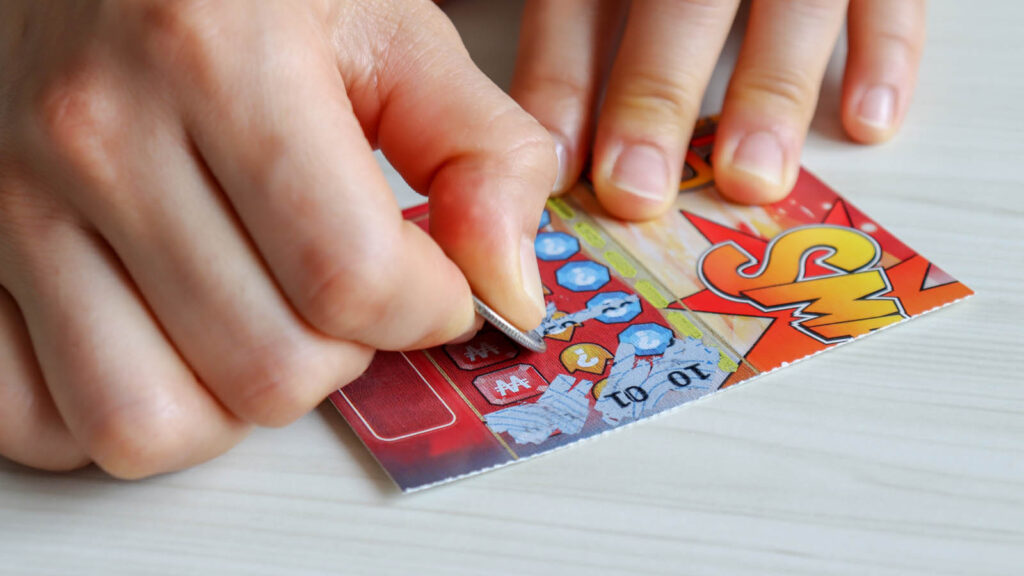
Case Study
Optimizing a Brand Campaign with Emotion in Mind
overview
One of C+R’s clients, a state lottery, runs many advertising campaigns throughout the year. In addition, the lottery has one “master brand” campaign that carries over to all advertising. The lottery and their agency had produced four potential TV ads as part of the master brand campaign and came to C+R to gain consumer insight into the ads, with an eye towards identifying the strongest and any refinements to be made.
C+R developed an online survey that incorporated facial coding to capture an in-depth evaluation of the ads. The research results helped the client confidently choose, and refine, the final ad to air.
THE PROBLEM
Going Beyond a Standard Ad Evaluation
A state lottery needed to determine which of four TV ad campaigns to use as the basis for its “master brand” campaign. The lottery wanted to ensure the final ad was not only appealing, but also effectively communicated the desired message, grabbed consumers’ attention, and made potential players feel more positive and optimistic toward the lottery. And, since they were debating a handful of potential taglines to accompany the spots, the lottery wanted to understand consumer reactions to those as well.
To make things more interesting, our client wanted to go beyond a standard ad evaluation to get an understanding of emotional reactions to the ads. However, they didn’t want to rely solely on consumers’ self-reported reactions; they wanted to measure emotions while respondents viewed the ads.

OUR APPROACH
An Online Survey Combined with Facial Coding Is a Winning Combination
C+R disseminated an online survey to state lottery players from the past year. Each respondent was invited to evaluate one of the four ads in detail.
At the onset, respondents were asked to participate in a facial coding exercise facilitated by our partner Realeyes. To complete the exercise, respondents enabled their webcam prior to viewing the ad for the first time. Through facial coding, we measured respondents’ emotions and attention as they viewed the ads. Emotional responses included facial indications of happiness, surprise, engagement, and confusion. Attention included facial indications of whether the respondent was paying attention, along with the quality of the attention.
On top of the facial coding exercise, standard copy testing measures were asked via a survey – appeal, likes/dislikes, message recall, attention grabbing, uniqueness, relevance. The final section of the survey included a ranking exercise to understand perceptions of the potential taglines’ fit with the specific spot evaluated and the state lottery in general.
Each of the four spots were compared across all aspects of the study to determine which spot was strongest, as well as potential areas for improvement.

The result
And the Winning Ad Is…
The research showed that all four ads were very strong (and performed similarly in many areas). However, one of the ads had a slight edge over the others, particularly when it came to being appealing, entertaining and heartwarming, and garnering strong attention throughout.
While two of the potential taglines fit well with the strongest ad, only one of them also fit well with the lottery overall. A combination of the facial coding findings and verbatim comments indicated that there was potential to strengthen the winning spot even further with a more explicit connection to the games offered by the lottery.
The lottery and their agency used the research results to select and finalize the winning TV spot, which is now in-market and the basis of all of the lottery’s current campaigns.


proven experience
related case studies
